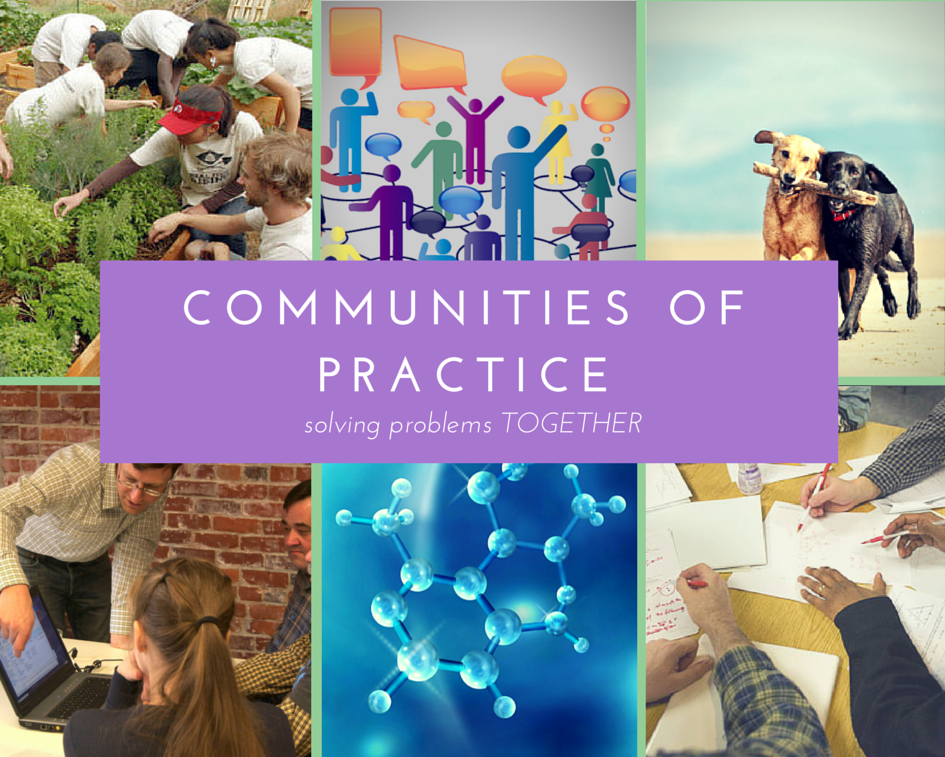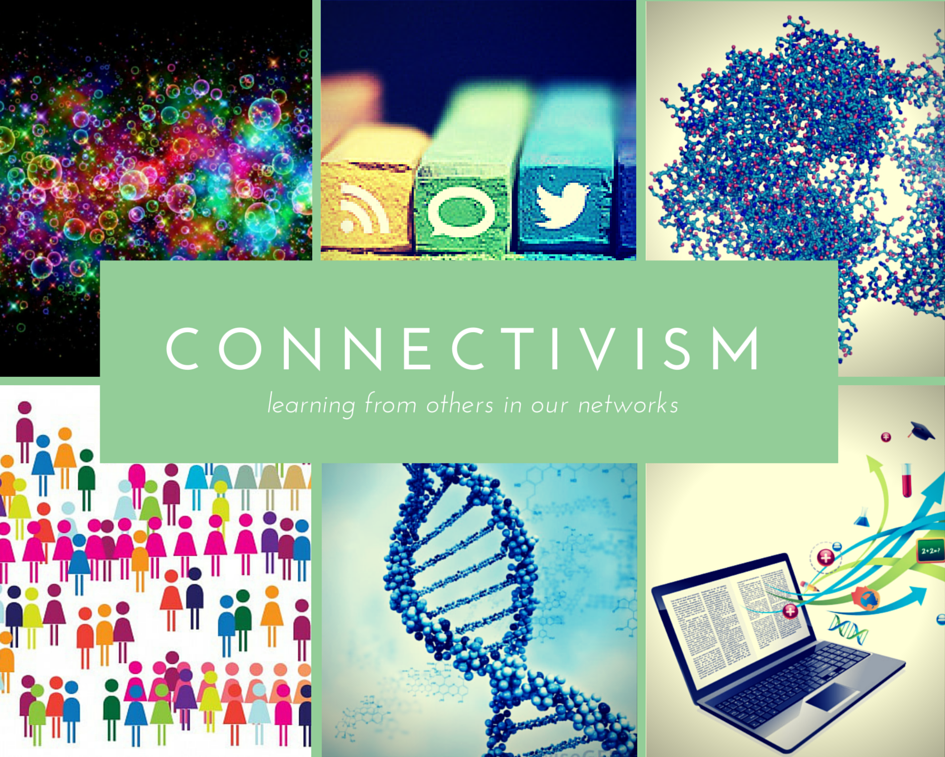When I began working on my nonlinguistic representations for this week, my focus remained on how these concepts worked together. How could they be compared and contrasted? How could their meanings, similarities, and differences be conveyed succinctly?
After a number of false starts (three to be exact), I began to think about how I might explain these ideas to my teachers next year. One thing I know about pitching a new idea to a teacher is that it should be brief, to the point, and focused on the benefit to their classrooms and students. What better way to sell an idea than a tiny advertisement – something like a postcard. Thus, my nonlinguistic representation came to fruition (finally!) These images were created with a design tool called Canva. You can create your own posters, book covers, album covers, and social media banners. You will notice, each postcard has the concept and a slogan summarizing the main benefit or purpose. There are a series of six images per postcard to convey the meaning behind each concept.
How do these concepts work together?
Part of my focus while exploring the various resources available in Module 1 was figuring out how each concept connected with the others. For better or worse, I feel as though these ideas work as a set of nesting bowls, each one a bit larger than the next. I see the PLN as the smallest unit of knowledge sharing since it is based on the individual and their learning interests (Lalande, 2012; Trust, 2012). The next largest unit is the CoP as it is based on a membership of interested shareholders working towards the same endeavor (Smith, 2010). Each CoP member brings their own PLN along with them resulting in a much larger set of networks and knowledge connections. Connectivism is the theory that consolidates all of the ideas. It is the framework or mechanism that describes the way in which networks function and knowledge is shared or acquired within a PLN or CoP.
As a means of showing these concepts are connected, I maintained the structure of each postcard. Likewise, there are images in each postcard that are similar to show the relationship. For example, both the PLN and connectivism postcards feature social media references. Likewise, the CoPs and connectivism postcard have images depicting groups of people.
The Molecular Analogy
You may have noticed that in each description, one of the images was omitted from discussion on each postcard. One of my original iterations of this project was a molecular analogy. There is an image at the bottom center of each postcard that relates to this topic. The PLN postcard features a depiction of an atom. The CoPs postcard shows a molecule and the connectivism postcard features a macromolecule (specifically DNA). Since the atom is the smallest unit of all three, I felt it best portrayed the PLN. The PLN is determined by each individual in terms of the connections made, tools used, and people or organizations included. A person is free to determine whether or not they will lurk or share within their PLN (Lanlande, 2012). A CoP is much larger than that of a PLN because it requires a group of people committed to the same problem or endeavor (Smith, 2010). Each molecule is made up of a series of atoms, much like a CoP which consists of group members and their respective PLNs. Connectivism describes something a bit different than the PLN or CoP. Connectivism deals with the new landscape of information and technological advances that characterize the modern world. Its focus is on the complexity of information and the means of networking to acquire and share information (Kop & Hill, 2008; Siemens, 2005). Thus, the macromolecule (DNA) seemed to be a good fit for the concept. DNA simultaneously represents a colossal collection of atoms and molecules (PLNs and CoPs) that share information via their connections. No one molecule or atom stands out as superior to the others, much like one individual can no longer exist as an expert as argued by Siemens (2005).
References
Kop, R., & Hill, A. (2008). Connectivism: Learning theory of the future or vestige of the past? The International Review of Research in Open and Distributed Learning, 9(3). Retrieved from http://www.irrodl.org/index.php/irrodl/article/view/523/1103
Lalande, M. A. [DevPro PD Flipped ]. (October 18, 2012). What is a PLN? Retrieved from https://www.youtube.com/watch?v=hLLpWqp-owo
M. K. Smith. (2010). Jean Lave, Etienne Wenger and communities of practice [Web log post]. Retrieved from http://infed.org/mobi/jean-lave-etienne-wenger-and-communities-of-practice/
Siemens, G. (2005). Connectivism: A learning theory for the digital age. International Journal of Instructional Technology & Distance Learning, 2(1). Retrieved from http://itdl.org/journal/jan_05/article01.htm
Trust, T. (2012). Professional learning networks designed for teacher learning. Journal of Digital Learning in Teacher Education, 28(4). Retrieved from http://files.eric.ed.gov/fulltext/EJ972454.pdf



1 thought on “Creative Expression of CoPS, PLNs, & Connectivism”